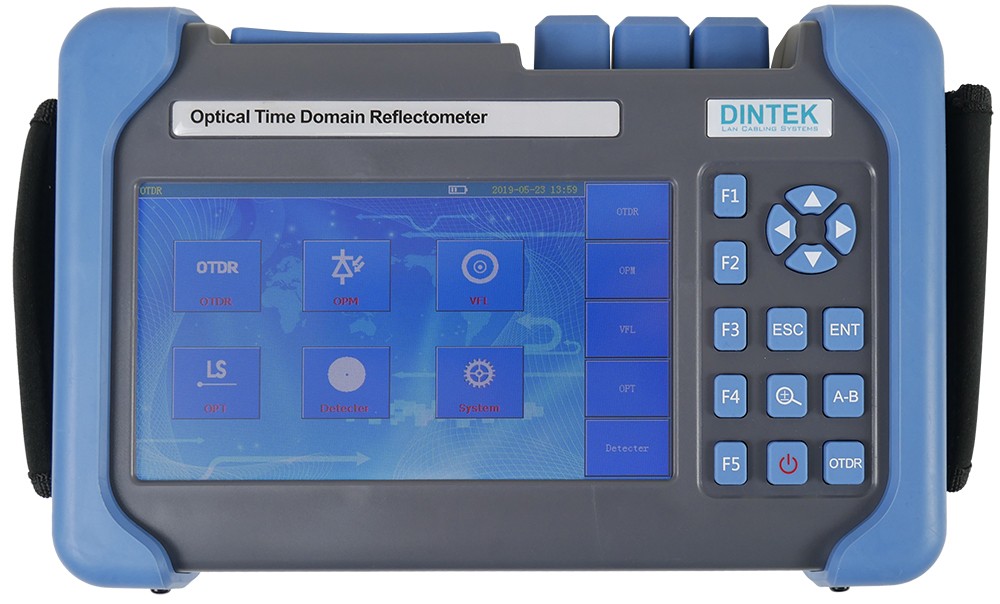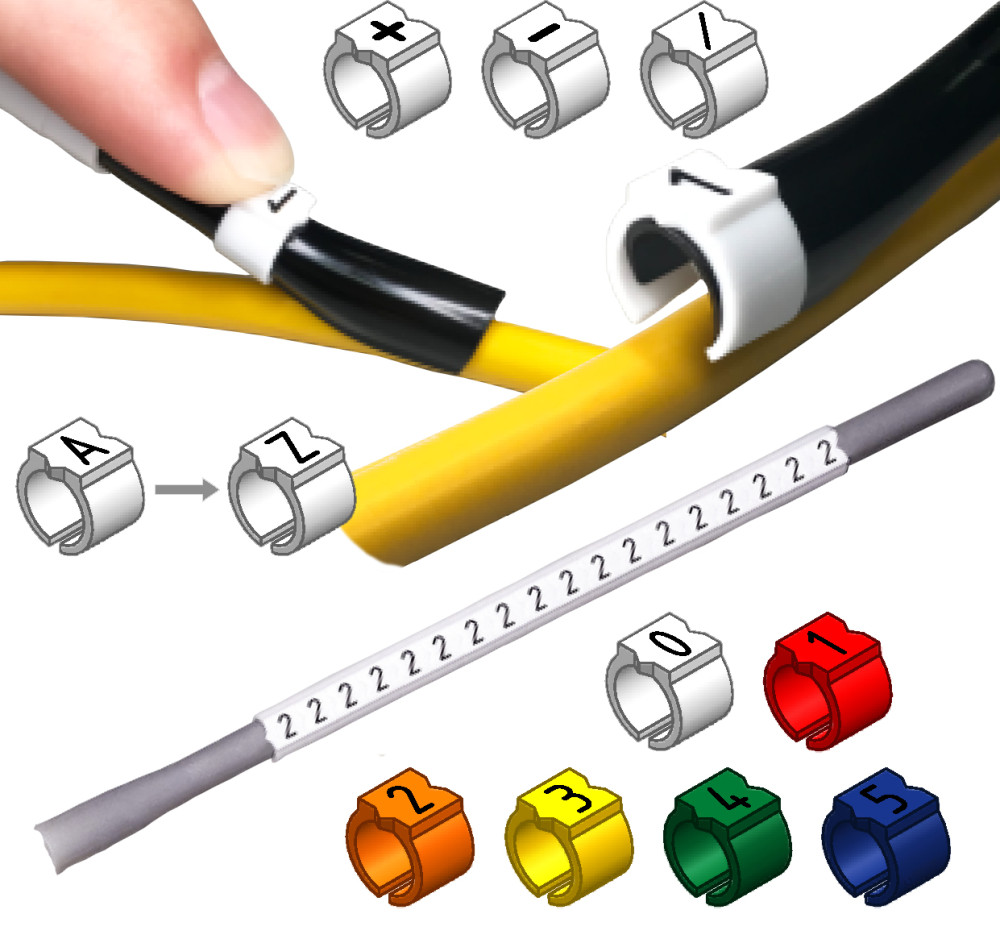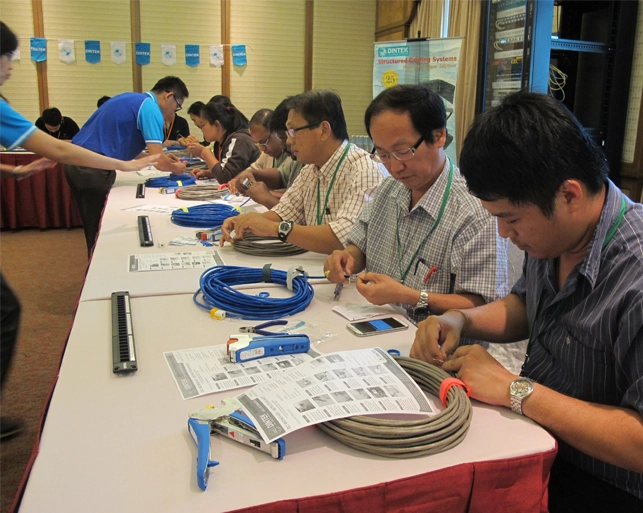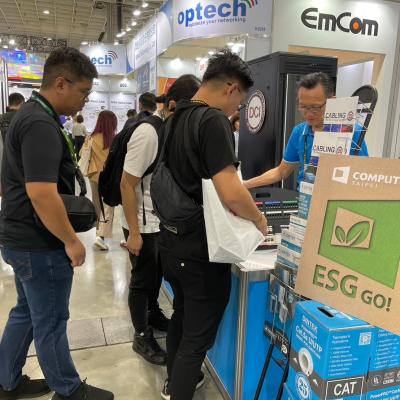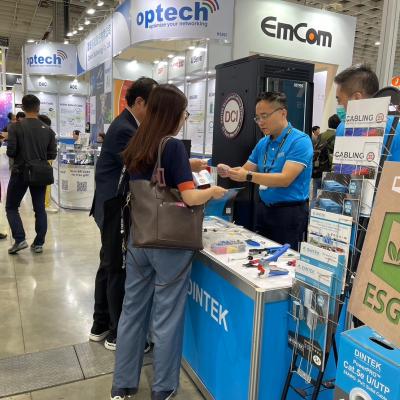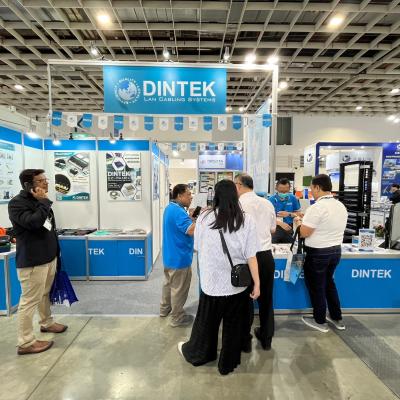How to Test and Certify Structured Cabling for Maximum Performance

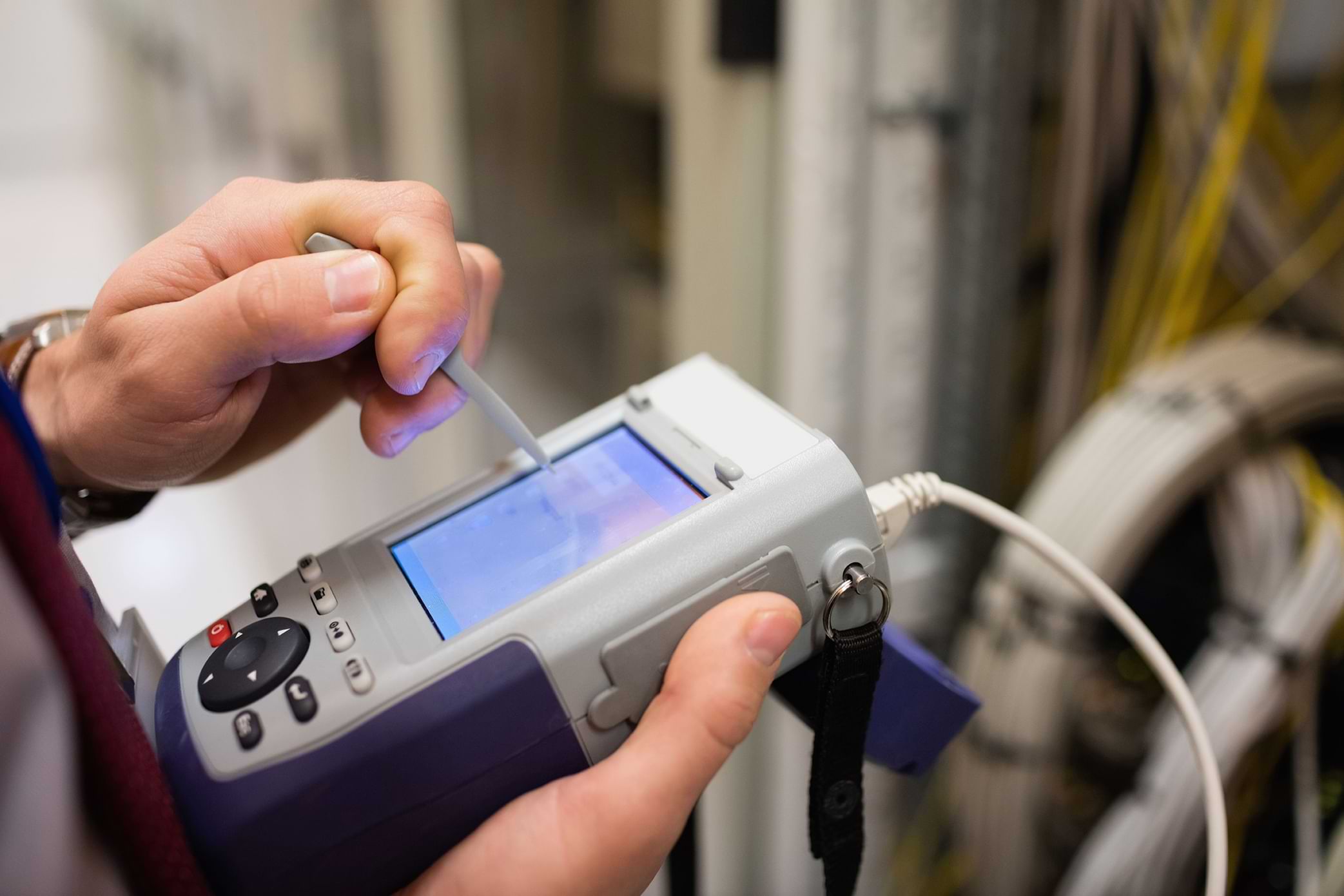
Testing and certifying structured cabling is crucial for several reasons:
- Ensures compliance with industry standards such as ANSI/TIA-568, ISO/IEC 11801, and IEEE standards.
- Identifies potential faults, reducing network downtime and maintenance costs.
- Guarantees optimal performance for voice, data, and video applications.
- Enhances reliability, ensuring the cabling system can support current and future bandwidth demands.
- Helps with troubleshooting by diagnosing cabling-related issues before deployment.
- Avoids the risk of data corruption caused by improper cabling installation or defects.
Ensures the longevity of the network infrastructure.
Types of Structured Cabling Tests
Wire Mapping
Wire mapping ensures that the cable is properly terminated and that the pin configurations match the expected wiring standard, such as T568A or T568B.
- Identifies miswiring, such as open circuits, shorts, reversed pairs, and split pairs.
- Ensures cable pairs are terminated correctly at both ends.
- Prevents signal degradation caused by incorrect terminations.
- Testers: Handheld network cable testers with wire mapping functionality.
Length Measurement
Length testing verifies that the cable length does not exceed the recommended limits, typically 100 meters (328 feet) for copper Ethernet cables.
- Ensures compliance with structured cabling length limits.
- Helps in detecting faulty or inconsistent cable installations.
- Testers Used: Time-Domain Reflectometers (TDRs) and cable analyzers.
Insertion Loss Testing
Insertion loss measures the amount of signal loss as it travels through the cable.
- Higher loss may indicate poor-quality cables, improper termination, or long cable lengths.
- Essential for ensuring signals reach the intended destination with minimal degradation.
- Testers: Cable certifiers and Optical Loss Test Sets (OLTS) for fiber cables.
Return Loss Testing
Return loss measures the amount of signal reflected back due to impedance mismatches within the cabling system.
- High return loss levels indicate poor connectorization or damaged cable pairs.
- Ensures proper impedance matching, especially in high-speed networks.
- Testers: Advanced network certifiers.
NEXT (Near-End Crosstalk) and FEXT (Far-End Crosstalk) Testing
Crosstalk testing evaluates unwanted signal interference between adjacent cable pairs.
- High NEXT values can degrade performance and result in data corruption.
- FEXT ensures minimal interference at the far end of the cable.
- Testers: Cable analyzers with NEXT and FEXT measurement features.
Propagation Delay and Delay Skew Testing
Propagation delay ensures all wire pairs within a cable transmit signals at an equal rate.
- Delay skew measures the difference in arrival times between wire pairs.
- Essential for ensuring synchronized data transmission in gigabit Ethernet networks.
- Testers: Advanced network certifiers with delay measurement capabilities.
Fiber Optic Testing
For fiber optic structured cabling, additional tests include:
- Optical Loss Testing: Measures total signal loss over a fiber optic link.
- Optical Time-Domain Reflectometer (OTDR) Testing: Identifies faults, bends, and splices in fiber
- cables.
- Connector and Polarity Inspection: Ensures proper alignment and termination for high-speed fiber
- connections.
- Encapsulation and Cleanliness Testing: Verifies that fiber ends are free from dust and debris.
Best Practices for Cabling Certification
Use High-Quality Test Equipment
Invest in certified cable testers that comply with TIA/ISO standards.
Follow Manufacturer Guidelines
Use proper termination techniques and compatible connectors.
Perform Pre-Installation Testing
Validate cables before installation to detect defects early.
Document Test Results
Maintain a detailed report of test results for future reference and compliance.
Regular Maintenance and Re-Certification
Periodically test and re-certify cabling to ensure long-term performance.
Proper Labeling and Documentation
Label cables accurately to simplify troubleshooting and maintenance.
Train Installers and Technicians
Ensure that personnel handling the installation and testing are properly trained.
Conclusion
Testing and certifying structured cabling is a critical step in ensuring a robust and high-performance network. By following proper testing procedures, using the right equipment, and adhering to industry standards, businesses can achieve reliable, high-speed network performance. Investing in structured cabling certification ultimately leads to better network efficiency, reduced downtime, and future-proof connectivity. Whether deploying copper or fiber optic solutions, a well-tested and certified infrastructure guarantees optimal functionality and longevity.


